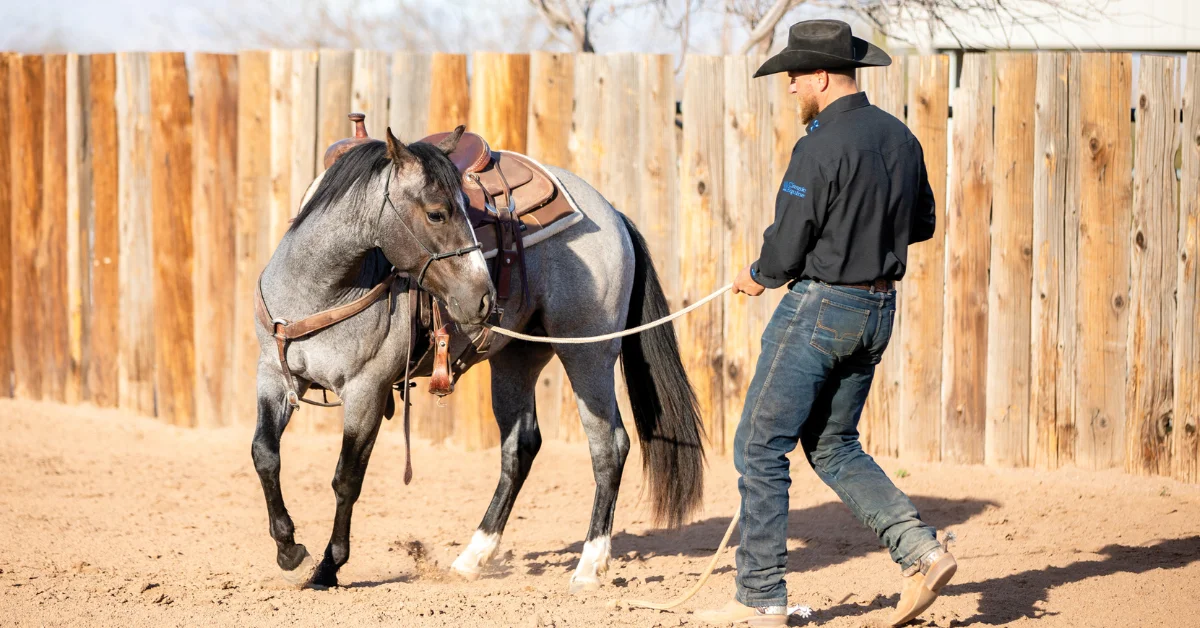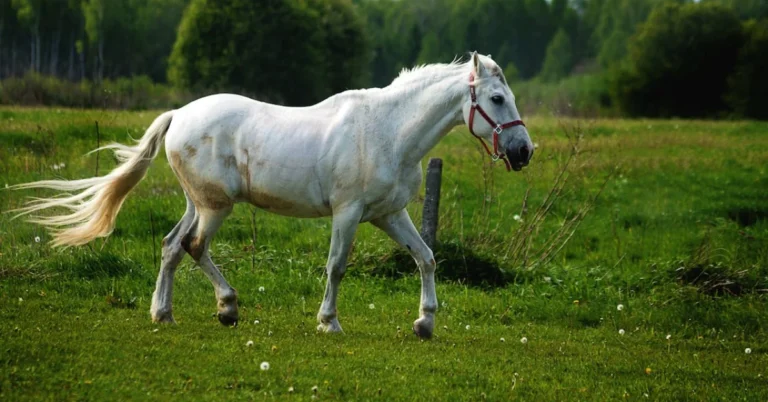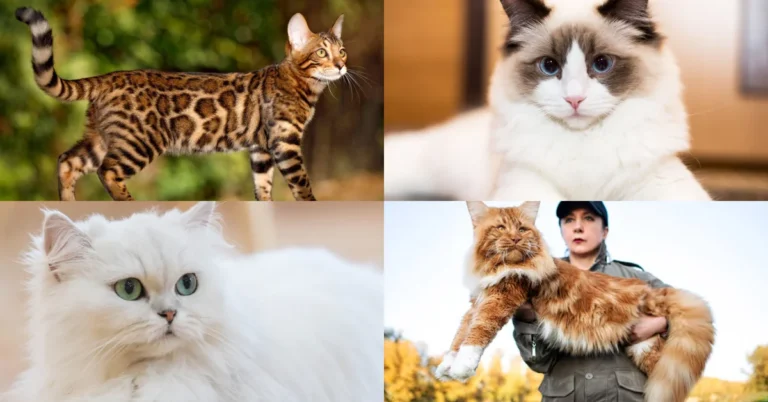The skills to ride a horse require patience, consistency, and an understanding of equine behavior. By establishing a foundation of trust through groundwork, desensitizing to potential stressors, and gradually introducing equipment and a rider’s weight, an untrained horse can transform into a willing and reliable mount.
This comprehensive guide provides aspiring equestrians with a roadmap for training a horse under saddle, from initial ground handling to mastering fundamental riding cues. We will cover critical concepts like clear communication, proper reinforcement, managing a flight response, and tailoring training plans to individual personalities. Riders of all skill levels can benefit from revisiting the fundamentals outlined here.
As prey animals, horses possess an instinctive fight-or-flight response. However, we can gain their trust and respect through compassionate and structured training, developing a profoundly rewarding partnership between horse and human. When undertaken with patience and awareness, the journey of progressing from an unhandled foal to a confident riding partner reveals the truly exceptional nature of equines while testing the dedication of the trainer.
Establishing the Critical Foundation
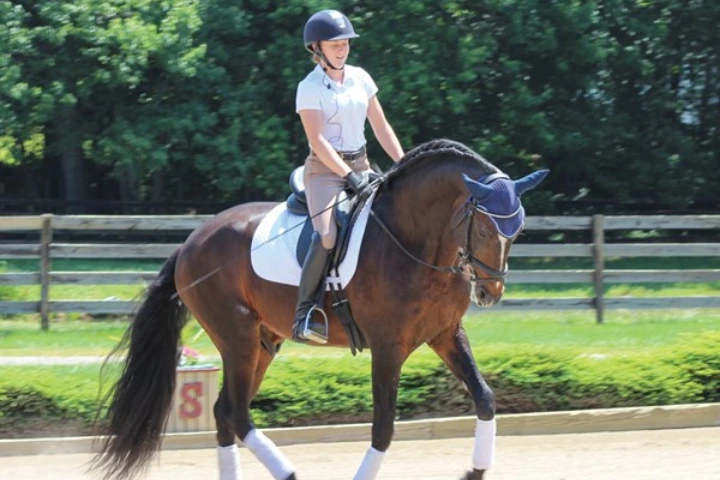
Before climbing into the saddle, laying a solid foundation of communication, respect, and trust on the ground is critical. All riding maneuvers build upon basic ground skills, making groundwork the cornerstone of formal training.
Groundwork sets clear expectations, boundaries, and mutual understanding from the start through the precise use of body language and timing. Horses are keenly intelligent animals with defined social structures and modes of communication within the herd. As herd animals, they instinctively look for strong leadership.
When we establish ourselves as confident leaders through consistent groundwork, we can earn their respect and trust. This paves the way for all formal under-saddle training.
Understanding the Mind of the Equine
The exceptional nature of the equine mind constantly reveals itself through training. As prey animals rely on flight for survival, horses possess lightning-fast reaction times and heightened environmental awareness.
Their sensory perception far surpasses our own, capable of detecting stimuli well before their human handlers. Highly observant creatures, they continuously scan for potential threats and communicate minute details among the herd through ear positioning and subtle physical gestures.
By understanding the unique needs and communication styles of horses, we can more effectively earn their trust and avoid situations triggering concern. Calm assertiveness, positive reinforcement, and slow calculated movements help put equines at ease when introducing new concepts. Never force a horse through scary or uncomfortable situations. Creating confidence should always be the goal.
The Importance of Desensitizing
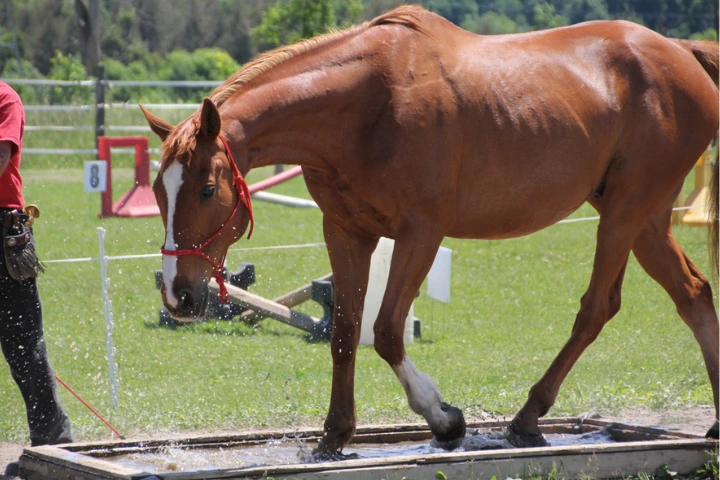
Even horses with relatively steady temperaments will encounter novel stimuli that evoke a flight or fight response – like the sudden appearance of a plastic bag, odd sounds, or unusual footing. Through the process of desensitization, we can dull these reactions to stimuli by gradually introducing potentially concerning triggers in a controlled setting.
Start with objects that simply look, sound, or feel different from the norm around the barn then work up to more extreme stimuli. Allow the horse to investigate while keeping them relaxed. By pairing unfamiliar things with treats and praise, horses learn these triggers will not harm them. Periodically expose the horse to these stimuli until the response extinguishes.
Desensitizing establishes confidence in the handler’s leadership and judgment. A horse who trusts their handler’s ability to assess threats appropriately focuses more intently on rider cues instead of environmental stimuli under saddle.
Introducing Equipment and Weight
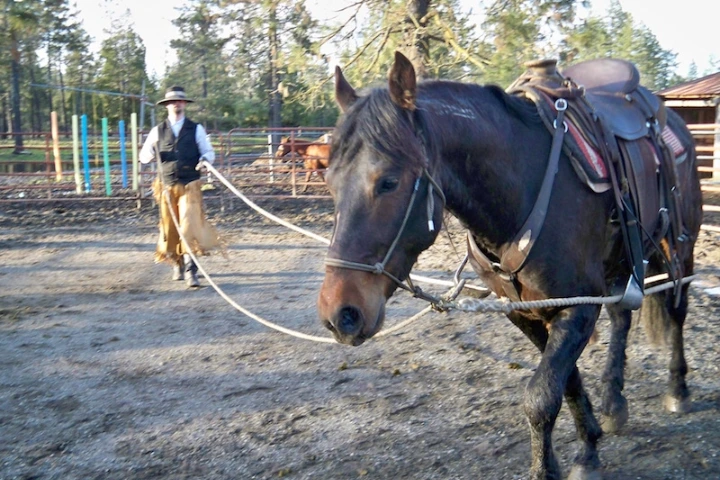
Horses must become completely comfortable wearing all riding equipment well before a rider ever mounts. Allow them to investigate unfamiliar gear by sight, sound, and smell while assessing reactions. Does the horse seem tense or distracted when saddled or when stirrups move? This signals more desensitizing work is needed.
Equally important is conditioning horses to increase weight across their back. Begin by laying across lightweight panels or bareback pads, holding for short periods. Any show of irritation or attempts to buck warrant remedial groundwork.
Slowly work up to holding light riders across their back in both standing and moving situations before ever attempting riding. Rushing this process overwhelms many horses, triggering flight responses like bolting, bucking, or spooking when a rider first mounts.
By gradually replicating riding weight and movement sensations on the ground, horses readily accept a rider astride as just another exercise. This results in more harmonious progress under saddle down the road.
Developing Fundamental Riding Cues
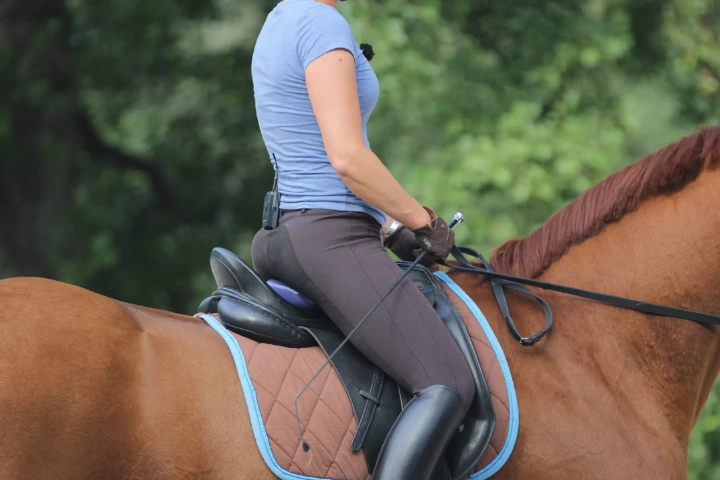
With a solid foundation of desensitization to equipment, weight, and movement, introducing a beginning rider can begin seamlessly. However, an attentive handler should remain close at hand during the first few sessions in the saddle, prepared to intervene if necessary.
Keep these initial riding sessions brief and focused on basics like rein contact, leg cues, weight shifts, and verbal commands. Pay close attention to signs of tension or confusion in your mount, dismounting to review or reinforce groundwork as needed. Better to take training slow than risk losing trust.
As cues become readily understood at slower paces, progress to short periods at the trot focusing on balance and brakes. Avoid sustaining faster horse gaits until balanced halt-to-trot and trot-to-halt transitions cement into muscle memory. Trying to trot endlessly before a horse maintains their balance risks teaching them to rely on the rider’s hands to stay upright.
Avoid drilling repetitive exercises as equine attention spans run short. Keep sessions fun by varying activities and locations while asking for just subtle improvements from session to session. Frequent praise throughout keeps motivation high while developing lightness and precision comes gradually.
Though seemingly straightforward, mastering these basics forms the scaffolding upon which all other riding skills are built. Laying a solid foundation now results in a confident, responsive riding partner for years to come.
Troubleshooting Common Training Challenges
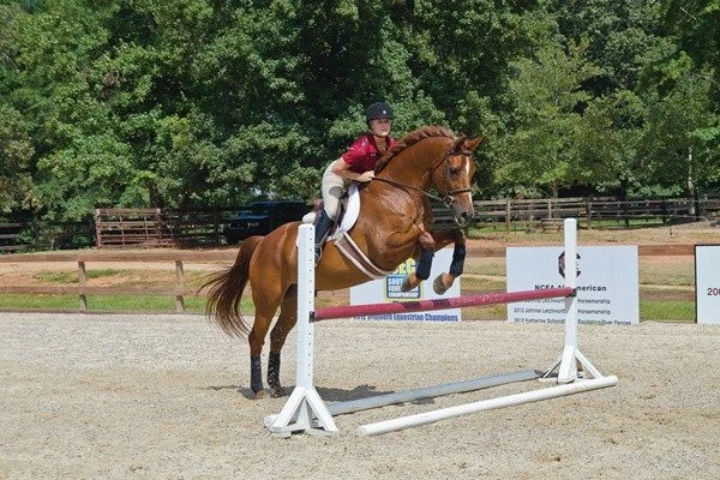
Despite attentive groundwork and riding foundations, horses may still express some undesirable behaviors under the saddle. Understanding the commonly seen issues allows riders to address the root cause and refocus training appropriately.
Spooking
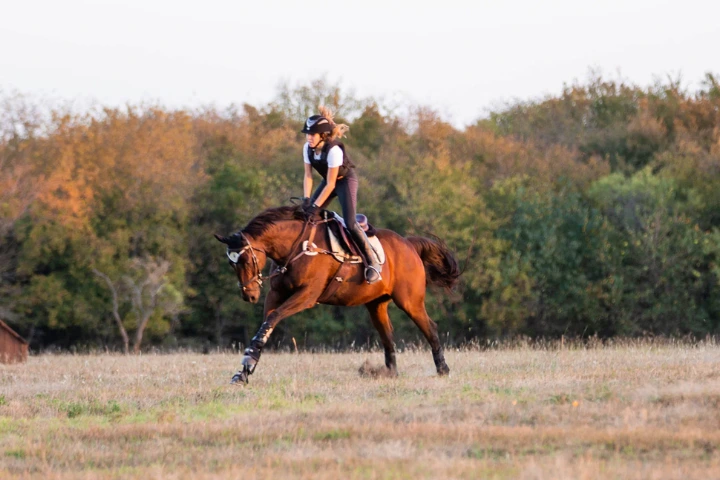
Even horses thoroughly desensitized on the ground may startle at triggers they cannot readily identify when mounted. Should spooking occur, stay centered while providing clear direction like turning them to face the trigger or moving their hips away. Avoid pulling harshly as you may unintentionally reinforce the fear reaction. Confidently riding through minor spooks helps reaffirm your strong leadership.
Balking
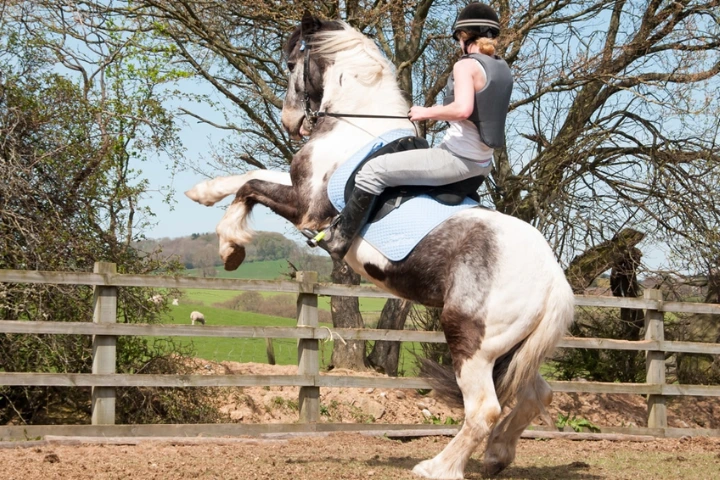
Some horses may resist moving forward while ridden, especially when cold-backed, distracted, or fearful. Use gentle leg pressure and active core engagement to motivate forward impulsion. Over-correction with aggressive leg kicking or spur use risks damaging trust and harmony. Identify and address the root cause of anxiety to prevent balking in the future.
Bucking
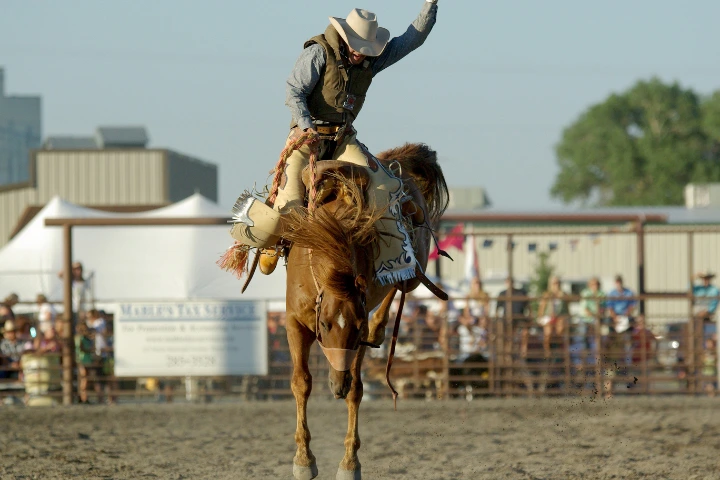
Bucking often signals physical discomfort but occasionally results from excess energy or enthusiasm. While medical causes should be evaluated, make sure to warm up sufficiently before riding to prevent back stiffness. Also, mix frequent downward transitions and lateral exercises into peppy workouts to re-focus mental energy on the rider. Avoid harsh bits of equipment and over-correction during episodes as these exacerbate rather than solve the issue.
Rearing
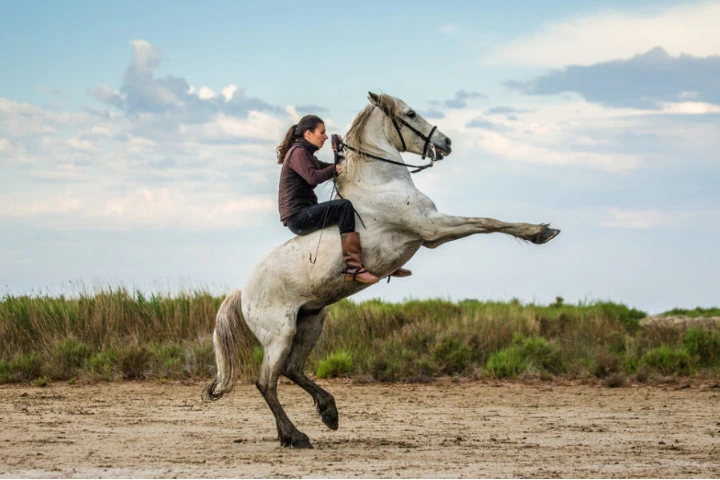
A dangerous display of resistance and rearing may reflect gaps in groundwork, confusion, pain, or fear. Stay calm if the front feet lift, leaning back while verbally correcting and using both legs to tip the horse off balance. For mild cases, transition to focused groundwork targeting the back and haunches to re-establish respect. However, immediately enlist an experienced trainer for advice dealing with serial rearers.
Further Developing Riding Skills
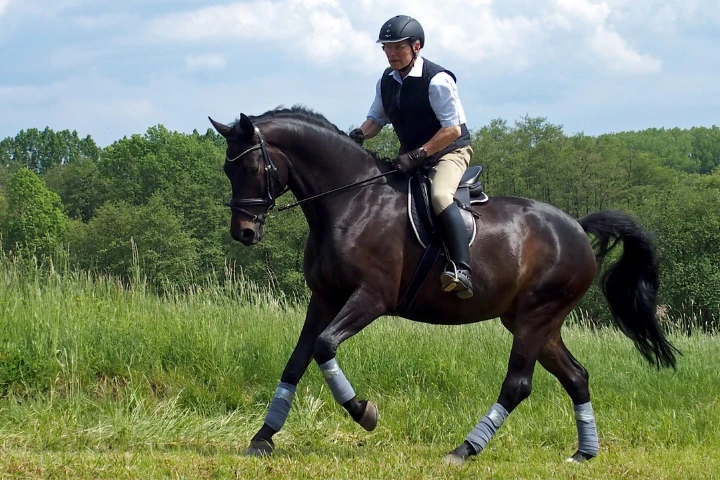
While fundamental riding provides sufficient skills for the basic enjoyment of your equine partner, certain disciplines require further specialized training for showing or competitive riding. Before considering intensive training in a specific style, make sure you and your horse have fully mastered the core competencies.
Jumping
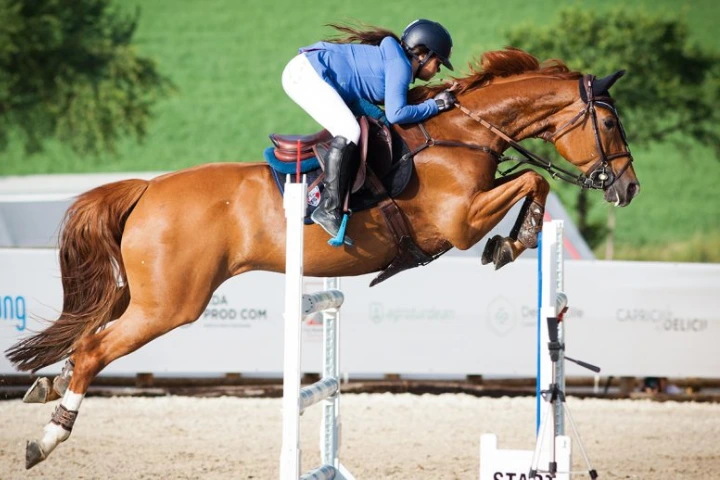
For jumping, the horse must demonstrate excellent forward impulsion, adjustability within gaits, focused attention, and confidence in navigating varied terrain. Start by working over low grids focusing on rhythm and straightness before beginning jump courses. Jumping too high, too early risks damaging developing joints and soft tissue so respect reasonable height limits appropriate to age and ability.
Western Performance
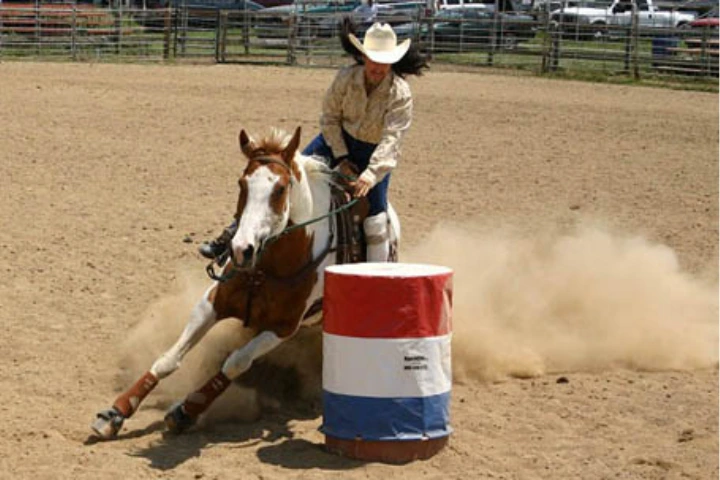
Catering to horse and rider alike, western disciplines like barrel racing, penning, or roping provide both a technical and adrenaline rush. However, physically maneuvering cattle or navigating patterns at speed requires well-tuned agility best established through dressage foundations. Slow, methodical work shapes balanced, responsive movement critical to Western performance success.
Dressage Movement
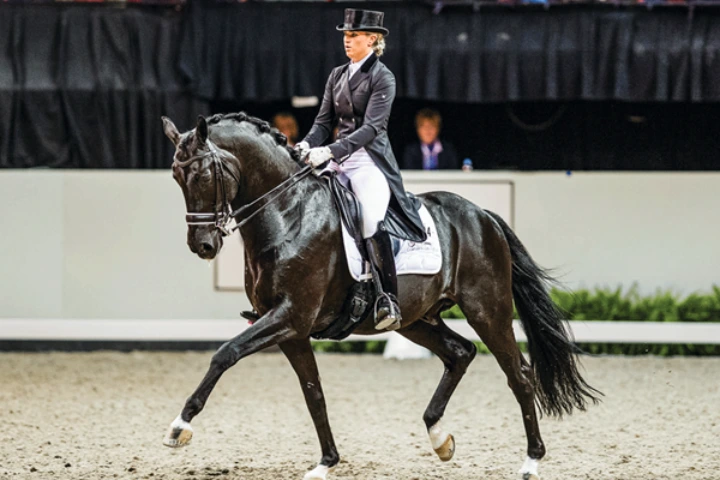
The ultimate test of communication and connection with a riding horse is found in dressage movements like shoulder-in, half-pass, or the majestic piaffe. Not only does executing these complex movements on cue showcase the highest level of riding but it also confirms complete trust and partnership with the horse. But such zeniths of training take incredible patience and time to achieve properly.
Seeking Support
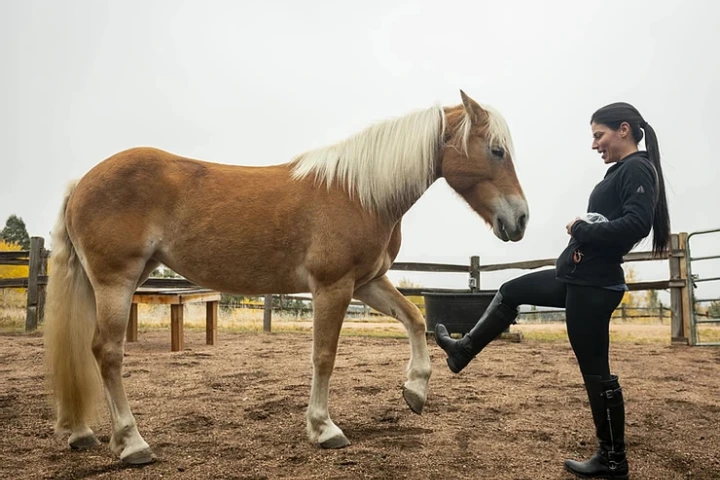
Reaching riding goals requires unwavering commitment, consistent self-assessment, and regular fine-tuning. Even seasoned riders recognize the value of seeking outside coaching perspectives and support. No rider, no matter their experience level, should feel ashamed to ask for help. Every rider encounters challenges that professional eyes provide new insight into Stay actively engaged with instructors, mentors, breeders and barn communities both at home and through media
The Journey of Discovery
- Beyond attaining tangible riding skills, the magic of developing an equine partner transcends simple criteria. It is a journey of growth, humility, and wonder revealing the complex nature of not just the horse but ourselves.
- Training unveils how believing we stand apart from horses showcases supreme human arrogance. Like us, horses deeply experience emotion, communicate intention, nurture connection and demonstrate exceptional learning capacity given mutual understanding.
- This sentient nature not only calls us to approach training through compassion but perhaps with an elevated sense that these graceful animals reflect some profound divinity we fail to recognize within ourselves.
As author Thomas McGuane so astutely states, “In the company of horses, we ride not only to destination but also just to go for a ride.” Just as the rhythm of our horse’s hooves sets an almost meditative pace under saddle, so does this partnership lead us to appreciate the present moment.
Competitive goals
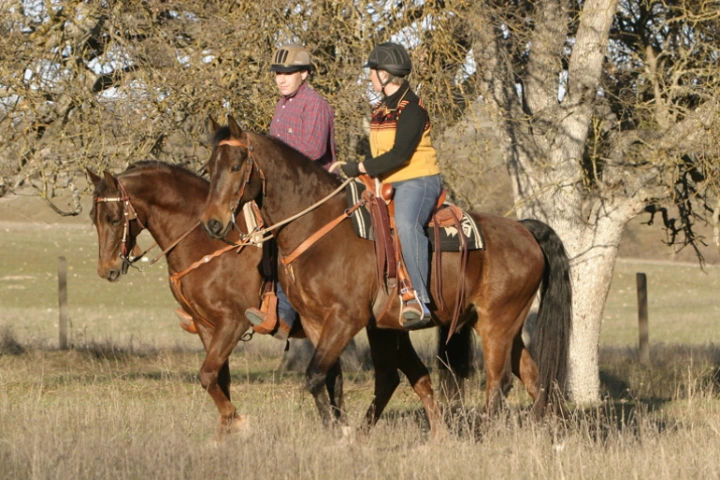
All competitive goals or notions of superiority over our four-legged teachers fall to the wayside when we become conscious of their exceptional spirit. Suddenly miles pass swiftly as our worries and fears of the human world melt into the squeak of leather tack and the puff of damp hide in our palms.
Perhaps horses

Perhaps horses enter our human narrative to mirror undiscovered parts of our soul too long turned inward and obscured from light. To glimpse even a flash of their unjudging wisdom looking into our eyes jolts us awake; we sense time and our very selves differently astride these peaceful beasts.
If you quiet yourself, you may hear it too. That faint but distinct whisper from somewhere in your memory reminds you life holds more meaning than the daily trudge. And as you lean forward to wrap your arms around the neck of your sweating steed, foreheads aligned, you recognize that lost part of wild spirit locked away now running freely again in harmony with your thundering palomino heart.
Final Thoughts
Though the merits, mechanics, and challenges of training remain critical components in responsible horse ownership, never overlook the profound magic these creatures work upon our consciousness once invited into our lives. It remains the greatest unspoken secret that training a horse transforms far more than just the horse. For once touched by their wisdom, our human perspective expands such that we see the world and our place in it through a more benevolent lens.
One day, let the reins drape loose, close your thighs, and join their tempo. Allow your body to meld into fluid perfection as hooves quicken pace into an all-out gallop. In this surge of acceleration truth envelops you. No, you needn’t hold the reins at all. For your noble steed knows precisely where to carry you both now… back Home again.

